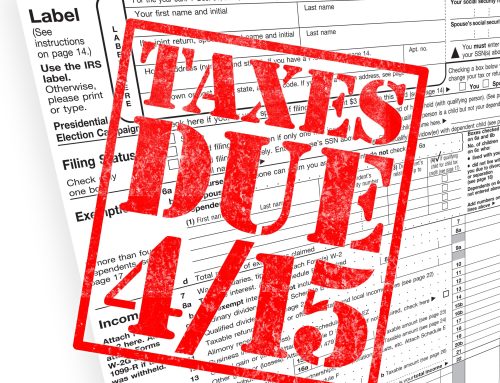Congress has once again extended the “extenders,” a varied assortment of more than 50 individual and business tax deductions, tax credits, and other tax-saving laws which have been on the books for years but which technically are temporary because they have a specific end date. This package of tax breaks has repeatedly been temporarily extended for short periods of time (e.g., one or two years), which is why they are referred to as “extenders.” Most of the tax breaks expired at the end of 2014. Now, in the recently enacted Protecting Americans from Tax Hikes Act of 2015 (i.e., the PATH Act), the extenders have been revived and extended once again, but this time Congress has taken a new tack. Instead of just rolling the package of provisions over for a year or two, it made some of the provisions permanent and extended the remaining provisions for either two or five years, while making significant modifications to several of the provisions. I’m writing to give you an overview of the key tax breaks for individuals that were extended by the new law. Please call our office for details of how the new changes may affect you. The extended provisions include:
. . . tax credits for low to middle wage earners that were originally enacted as part of the 2009 stimulus package and were slated to expire at the end of 2017-made permanent; these tax credits
are: (1) the American Opportunity Tax Credit, which provides up to $2,500 in partially refundable tax credits for post-secondary education, (2) eased rules for qualifying for the refundable child credit, and (3) various earned income tax credit (EITC) changes;
. . . the $250 above-the-line deduction for teachers and other school professionals for expenses paid or incurred for books, certain supplies, equipment, and supplementary material used by the educator in the classroom-made permanent; also modified, beginning in 2016, to index the $250 cap to inflation and include professional development expenses;
. . . the exclusion of up to $2 million ($1 million if married filing separately) of discharged principal residence indebtedness from gross income-extended through 2016; the new law also modifies the exclusion to apply to qualified principal residence indebtedness that is discharged in 2017, if the discharge is pursuant to a binding written agreement entered into in 2016;
. . . parity for the exclusions for employer-provided mass transit and parking benefits-made permanent;
. . . the deduction for mortgage insurance premiums deductible as qualified residence interest-extended through 2016;
. . . the option to take an itemized deduction for State and local general sales taxes instead of the itemized deduction permitted for State and local income taxes-made permanent;
. . . the increased contribution limits and carry forward period for contributions of appreciated real property (including partial interests in real property) for conservation purposes-made permanent; the new law also extends the enhanced deduction for certain farmers and ranchers;
. . . the above-the-line deduction for qualified tuition and related expenses-extended through 2016; and
. . . the provision that permits tax-free distributions to charity from an individual retirement account (IRA) of up to $100,000 per taxpayer per tax year, by taxpayers age 70½ or older-made permanent.
I hope this information is helpful. If you would like more details about these changes or any other aspect of the new law, please do not hesitate to call.






